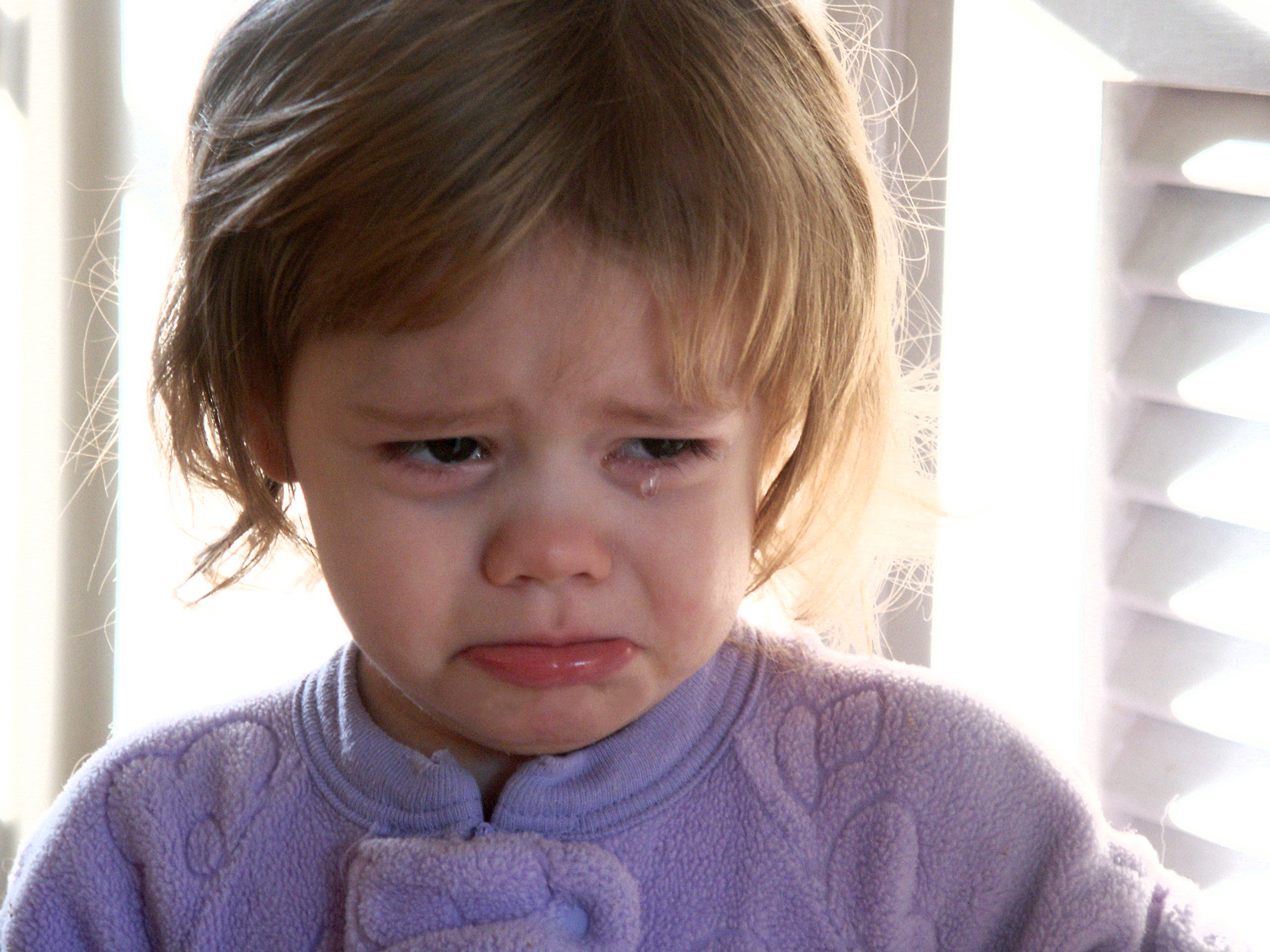|
Tummy Time
Tummy time is a colloquialism for placing infants in the prone position while awake and supervised to encourage development of the neck and trunk muscles and prevent skull deformations. In 1992, the American Academy of Pediatrics recommended babies sleep on their backs to prevent sudden infant death syndrome (SIDS). Although the rate of SIDS has decreased by 50% since the Safe to Sleep campaign started in 1994, an unintended consequence was that babies missed out on the twelve or so hours they used to spend in the prone position while asleep, and there was a sharp increase in plagiocephaly (flat head syndrome) in infants. Along with tummy time, rotating the direction infants lie in their cribs as well as avoiding too much time in car seats, carriers, and bouncers are behaviors recommended to alleviate the associated risks of infants sleeping in a supine position. Impact on development Infants put to sleep in the supine position have been found to reach motor developmental mile ... [...More Info...] [...Related Items...] OR: [Wikipedia] [Google] [Baidu] |
Sitting
Sitting is a basic action and resting position in which the body weight is supported primarily by the bony ischial tuberosities with the buttocks in contact with the ground or a horizontal surface such as a chair seat, instead of by the lower limbs as in standing, squatting or kneeling. When sitting, the torso is more or less upright, although sometimes it can lean against other objects for a more relaxed posture. Sitting for much of the day may pose significant health risks, with one study suggesting people who sit regularly for prolonged periods may have higher mortality rates than those who do not. The average person sits down for 4.7 hours per day, according to a global review representing 47% of the global adult population. The form of kneeling where the buttocks sit back on the heels, for example as in the '' Seiza'' and '' Vajrasana'' postures, is also often interpreted as sitting. Prevalence The British Chiropractic Association said in 2006 that 32% of the Britis ... [...More Info...] [...Related Items...] OR: [Wikipedia] [Google] [Baidu] |
Hypertonia
Hypertonia is a term sometimes used synonymously with ''spasticity'' and ''rigidity'' in the literature surrounding damage to the central nervous system, namely upper motor neuron lesions. Impaired ability of damaged motor neurons to regulate descending pathways gives rise to disordered spinal reflexes, increased excitability of muscle spindles, and decreased synaptic inhibition. These consequences result in abnormally increased muscle tone of symptomatic muscles. Some authors suggest that the current definition for spasticity, the velocity-dependent overactivity of the stretch reflex, is not sufficient as it fails to take into account patients exhibiting increased muscle tone in the absence of stretch reflex over-activity. They instead suggest that "reversible hypertonia" is more appropriate and represents a treatable condition that is responsive to various therapy modalities like drug or physical therapy. Presentation Symptoms associated with central nervous systems diso ... [...More Info...] [...Related Items...] OR: [Wikipedia] [Google] [Baidu] |
Torticollis
Torticollis, also known as wry neck, is an extremely painful, dystonic condition defined by an abnormal, asymmetrical head or neck position, which may be due to a variety of causes. The term ''torticollis'' is derived . The most common case has no obvious cause, and the pain and difficulty in turning the head usually goes away after a few days, even without treatment in adults. Signs and symptoms Torticollis is a fixed or dynamic tilt, rotation, with flexion or extension of the head and/or neck. The type of torticollis can be described depending on the positions of the head and neck. * laterocollis: the head is tipped toward the shoulder * rotational torticollis: the head rotates along the longitudinal axis towards the shoulder * anterocollis: forward flexion of the head and neck and brings the chin towards the chest * retrocollis: hyperextension of head and neck backward bringing the back of the head towards the back A combination of these movements may often be observed. To ... [...More Info...] [...Related Items...] OR: [Wikipedia] [Google] [Baidu] |
Video
Video is an Electronics, electronic medium for the recording, copying, playback, broadcasting, and display of moving picture, moving image, visual Media (communication), media. Video was first developed for mechanical television systems, which were quickly replaced by cathode-ray tube (CRT) systems, which, in turn, were replaced by flat-panel displays of several types. Video systems vary in display resolution, Display aspect ratio, aspect ratio, refresh rate, color capabilities, and other qualities. Analog and digital variants exist and can be carried on a variety of media, including radio broadcasts, magnetic tape, optical discs, Video file format, computer files, and Streaming media, network streaming. Etymology The word ''video'' comes from the Latin verb ''video,'' meaning to see or ''videre''. And as a noun, "that which is displayed on a (television) screen," History Analog video Video developed from facsimile systems developed in the mid-19th century. Early mecha ... [...More Info...] [...Related Items...] OR: [Wikipedia] [Google] [Baidu] |
Crying
Crying is the dropping of tears (or welling of tears in the eyes) in response to an emotional state or physical pain. Emotions that can lead to crying include sadness, anger, joy, and fear. Crying can also be caused by relief from a period of stress or anxiety, or as an empathetic response. The act of crying has been defined as "a complex secretomotor phenomenon characterized by the shedding of tears from the lacrimal apparatus, without any irritation of the ocular structures", instead, giving a relief which protects from conjunctivitis. A related medical term is lacrimation, which also refers to the non-emotional shedding of tears. Various forms of crying are known as ''sobbing'', ''weeping'', ''wailing'', ''whimpering'', ''bawling'', and ''blubbering''. For crying to be described as ''sobbing'', it usually has to be accompanied by a set of other symptoms, such as slow but erratic inhalation, occasional instances of breath holding, and muscular tremor. A neuronal c ... [...More Info...] [...Related Items...] OR: [Wikipedia] [Google] [Baidu] |
Social Relation
A social relation is the fundamental unit of analysis within the social sciences, and describes any voluntary or involuntary interpersonal relationship between two or more conspecifics within and/or between groups. The group can be a language or kinship group, a social institution or organization, an economic class, a nation, or gender. Social relations are derived from human behavioral ecology, and, as an aggregate, form a coherent social structure whose constituent parts are best understood relative to each other and to the social ecosystem as a whole. History Early inquiries into the nature of social relations featured in the work of sociologists such as Max Weber in his theory of social action, where social relationships composed of both positive (affiliative) and negative (agonistic) interactions represented opposing effects. Categorizing social interactions enables observational and other social research, such as Gemeinschaft and Gesellschaft (), collective conscio ... [...More Info...] [...Related Items...] OR: [Wikipedia] [Google] [Baidu] |
Parent
A parent is either the progenitor of a child or, in humans, it can refer to a caregiver or legal guardian, generally called an adoptive parent or step-parent. Parents who are progenitors are First-degree relative, first-degree relatives and have 50% genetic meet. A female can also become a parent through surrogacy. Some parents may be Adoption, adoptive parents, who nurture and raise an offspring, but are not related to the child. Orphans without adoptive parents can be raised by their grandparents or other family members. A parent can also be elaborated as an ancestor removed one generation. With recent medical advances, it is possible to have more than two biological parents. Examples of Third-party reproduction, third biological parents include instances involving surrogacy or a third person who has provided DNA samples during an assisted reproductive procedure that has altered the recipients' genetic material. The most common types of parents are mothers, fathers, step-paren ... [...More Info...] [...Related Items...] OR: [Wikipedia] [Google] [Baidu] |
World Health Organization
The World Health Organization (WHO) is a list of specialized agencies of the United Nations, specialized agency of the United Nations which coordinates responses to international public health issues and emergencies. It is headquartered in Geneva, Switzerland, and has 6 regional offices and 150 field offices worldwide. Only sovereign states are eligible to join, and it is the largest intergovernmental health organization at the international level. The WHO's purpose is to achieve the highest possible level of health for all the world's people, defining health as "a state of complete physical, mental and social well-being and not merely the absence of disease or infirmity." The main functions of the World Health Organization include promoting the control of epidemic and endemic diseases; providing and improving the teaching and training in public health, the medical treatment of disease, and related matters; and promoting the establishment of international standards for biologic ... [...More Info...] [...Related Items...] OR: [Wikipedia] [Google] [Baidu] |
Birth
Birth is the act or process of bearing or bringing forth offspring, also referred to in technical contexts as parturition. In mammals, the process is initiated by hormones which cause the muscular walls of the uterus to contract, expelling the fetus at a developmental stage when it is ready to feed and breathe. In some species, the offspring is precocial and can move around almost immediately after birth but in others, it is altricial and completely dependent on parenting. In marsupials, the fetus is born at a very immature stage after a short gestation and develops further in its mother's womb Pouch (marsupial), pouch. It is not only mammals that give birth. Some reptiles, amphibians, fish and invertebrates carry their developing young inside them. Some of these are Ovoviviparity, ovoviviparous, with the eggs being hatched inside the mother's body, and others are Viviparity, viviparous, with the embryo developing inside their body, as in the case of mammals. Human childbirth ... [...More Info...] [...Related Items...] OR: [Wikipedia] [Google] [Baidu] |
Play (activity)
Play is a range of Motivation#Intrinsic and extrinsic, intrinsically motivated activities done for recreation. Play is commonly associated with children and juvenile-level activities, but may be engaged in at any life stage, and among other higher-functioning animals as well, most notably mammals and birds. Play is often interpreted as frivolous; yet the player can be intently focused on their objective, particularly when play is structured and goal-oriented, as in a game. Accordingly, play can range from relaxed, free-spirited, spontaneous, and frivolous to planned or even compulsive. Play is not just a pastime activity; it has the potential to serve as an important tool in numerous aspects of daily life for adolescents, adults, and cognitively advanced non-human species (such as primates). Not only does play promote and aid in physical development (such as hand-eye coordination), but it also aids in cognitive development and social skills, and can even act as a stepping stone i ... [...More Info...] [...Related Items...] OR: [Wikipedia] [Google] [Baidu] |







